Comprehensive Physiotherapy Care for Better Recovery
Comprehensive physiotherapy care to restore movement, strength, and overall wellness.
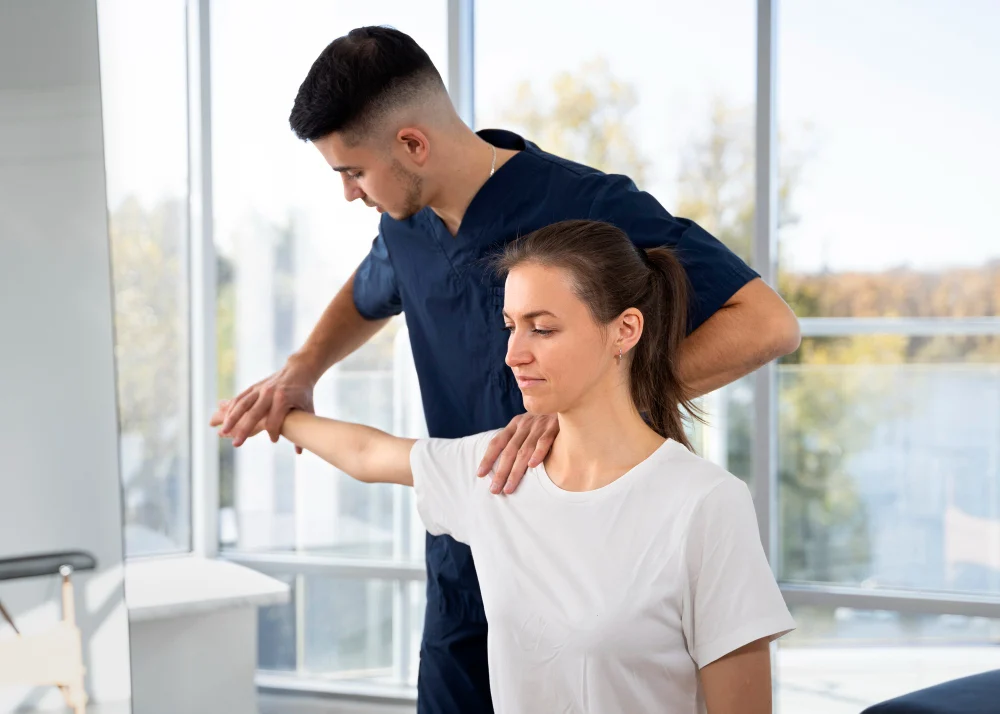
Physiotherapy
Physiotherapy is a science-driven medical discipline focused on restoring movement, relieving pain, and improving physical function after injury, illness, or surgery. It plays a crucial role in rehabilitation, helping people regain independence and live active lives.
From sports injuries to post-surgical recovery and chronic pain management, physiotherapy is tailored to each person’s condition. It combines manual therapy, exercise, and advanced modalities like ultrasound or electrotherapy to promote natural healing without invasive procedures or long-term medications.

3
The 3 main approaches of Physiotherapy - education and advice, exercise and movement, manual therapy.
45 years
Young patients aged below 18, sports persons and older patients above 45 years of age visit a physiotherapist frequently.
1.37
For every 10000 population in India from 1.37 people, there are about 0.59 physiotherapists.

How Physiotherapy Works
Physiotherapy begins with a detailed assessment by a licensed physiotherapist who evaluates posture, flexibility, strength, balance, and movement patterns.
Once the root cause is identified, a customized treatment plan is created using:
- Manual therapy: Hands-on techniques to mobilize joints and relieve stiffness.
- Therapeutic exercises: Designed to strengthen muscles and improve endurance.
- Electrotherapy: Using ultrasound, TENS, or laser therapy to reduce inflammation and pain.
- Posture correction & ergonomics: Educating patients on correct sitting, standing, and working habits.
- Rehabilitation programs: For post-surgical recovery, fractures, or stroke rehabilitation.
The focus is not only on healing but also on preventing re-injury and improving long-term mobility.
Why Physiotherapy is Important
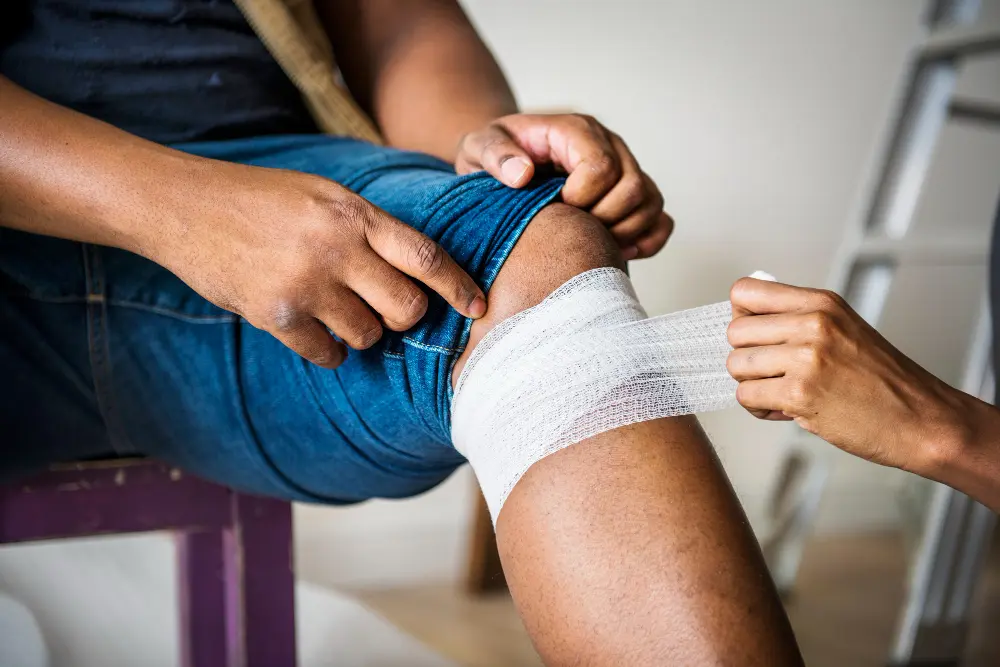
Injury Recovery
Accelerates healing after fractures, ligament tears, or joint injuries.
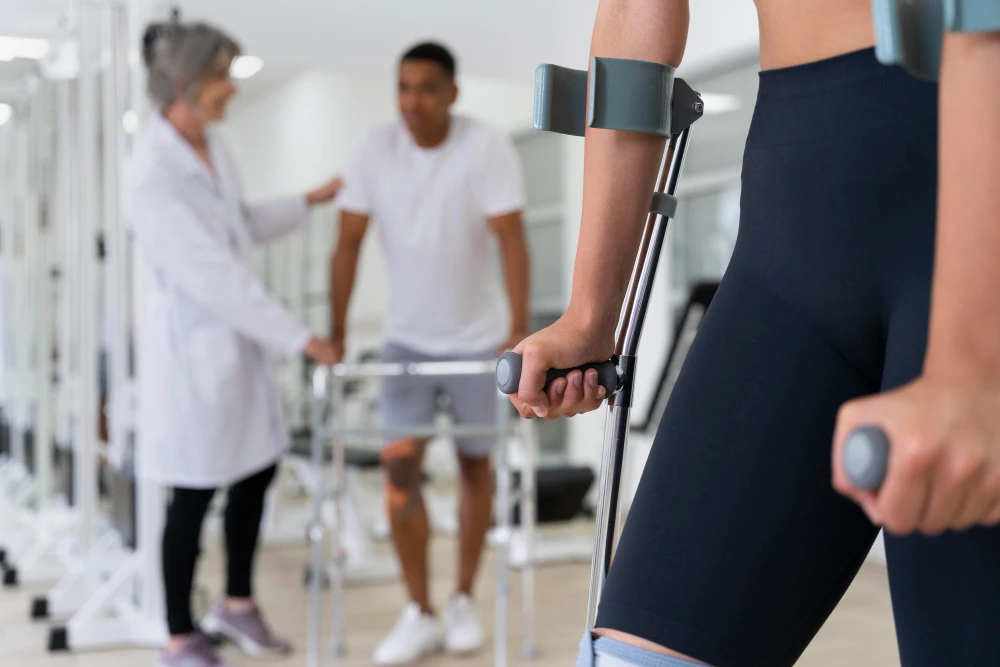
Post-Surgery Rehabilitation
Helps restore strength and mobility following procedures like knee replacement or spinal surgery.

Pain Management
Reduces chronic back pain, arthritis discomfort, and muscle tension naturally.
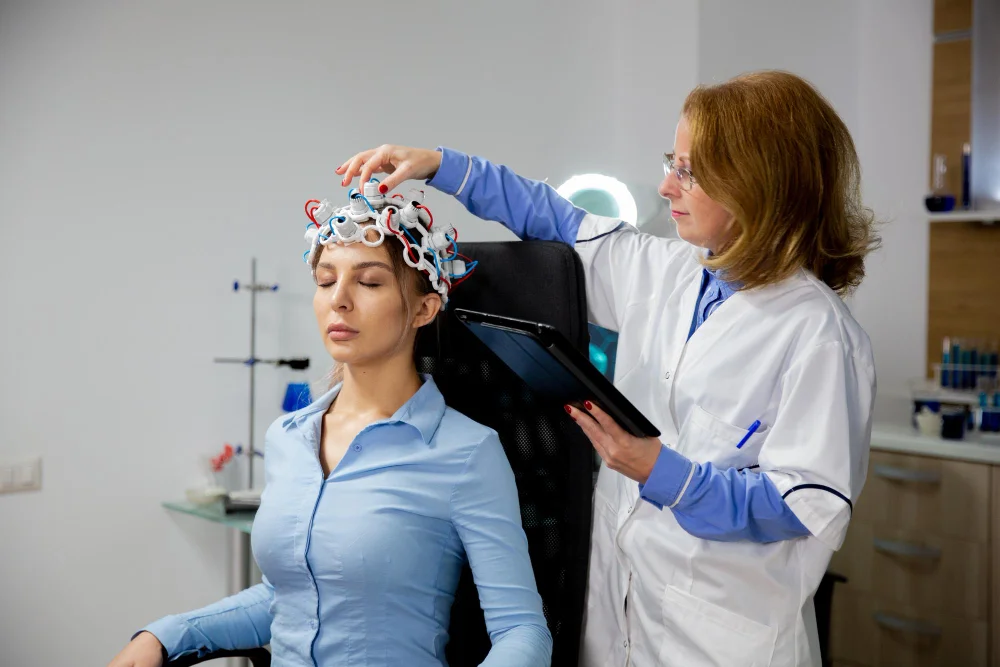
Neurological Rehabilitation
Improves movement and coordination in patients with stroke, Parkinson’s, or spinal cord injuries.

Preventive Care
Corrects posture, balance, and movement patterns to prevent future injuries.

Geriatric & Pediatric Care
Aids elderly patients with balance and strength issues and supports children with developmental delays.
Meet Our Expert Physiotherapy
Benefits of Physiotherapy
Non-Invasive & Drug-Free
Relieves pain and restores function naturally, without dependence on painkillers.

Improves Mobility
Helps patients move freely, climb stairs, or return to sports.
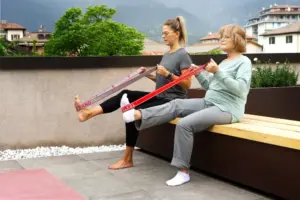
Customized Care
Each treatment plan is tailored to personal health goals and fitness levels.

Speeds Up Recovery
Shortens rehabilitation time after injuries or surgeries.
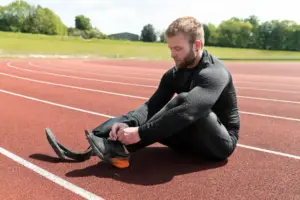
Improves Strength & Endurance
Enhances overall muscle tone and flexibility.

Boosts Mental Health
Reduces stress, boosts confidence, and encourages an active lifestyle.

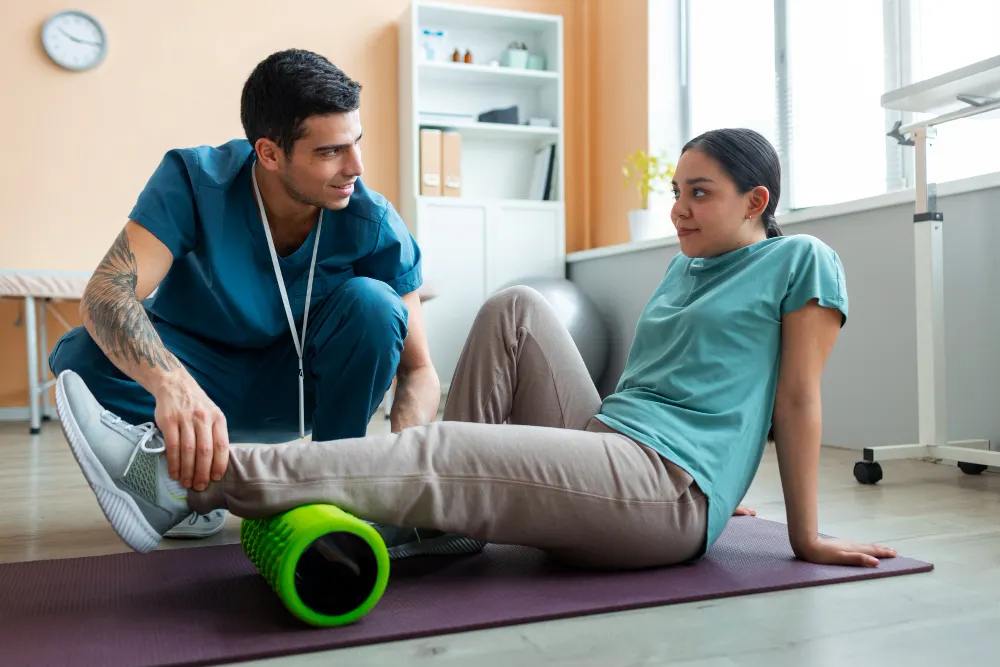
Preparation Before Physiotherapy
Before your physiotherapy session, a few steps help you get the best results:
- Wear Comfortable Clothes: Loose-fitting clothes allow easy movement during exercises.
- Carry Medical Reports: Bring X-rays, MRI scans, or previous medical records.
- List Medications: Inform your therapist about ongoing treatments or supplements.
- Set Clear Goals: Whether it’s pain relief or returning to sports, clarity helps shape the treatment plan.
- Stay Hydrated: Hydration improves muscle flexibility and recovery response.
Being well-prepared ensures that the therapist can design the most effective and personalized session for you.

During the Procedure
Here’s what typically happens during a physiotherapy session:
- Assessment: The therapist evaluates mobility, strength, and posture.
- Treatment Planning: A structured plan is created based on the diagnosis.
- Exercise & Therapy: You may perform stretching, strengthening, and balance exercises guided by the therapist.
- Modalities: Depending on the condition, heat therapy, ultrasound, or electrical stimulation may be used.
- Education: The therapist provides home exercise plans and posture correction advice.
Each session usually lasts 30–60 minutes. Consistency is key — regular visits accelerate results and ensure lasting recovery.
After the Procedure
After your session:
- You might feel mild soreness a sign your muscles are adapting and healing.
- Continue home exercises recommended by your therapist to maintain progress.
- Apply ice or heat if advised to manage soreness or inflammation.
- Attend follow-up sessions regularly to track improvement.
- Maintain good posture and ergonomic habits to prevent recurrence.
Recovery isn’t just about the therapy session it’s about commitment to the process even after leaving the clinic.

